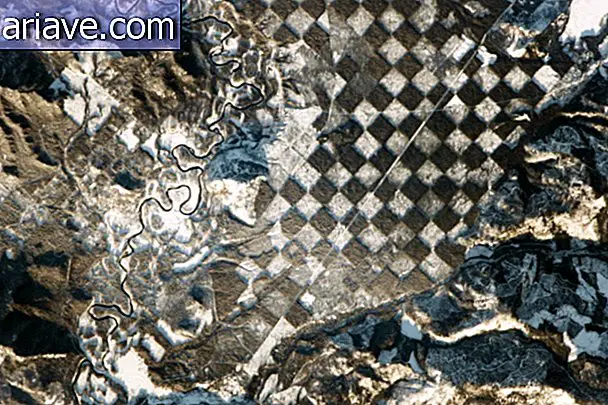Scientist believes Earth is shrouded in dark matter filaments
You may have heard about dark matter, right? Astronomers believe that more than 25% of the cosmos is composed of it, and they know that its existence is real - as its gravitational force and its interaction with ordinary matter in the universe can be measured.
On the other hand, dark matter does not absorb or reflect light, it is completely invisible - meaning that it is incredibly difficult to detect. Moreover, dark matter represents one of the greatest mysteries of science, for no one can explain its origin or how it is formed.
Where is it?
As we explained in an earlier article here from Mega Curioso - which you can access through this link - although dark matter is completely invisible, its gravity affects the light passing by. In addition, dark matter tends to accumulate in large quantities and orbit in the form of jets around galaxies, and this is one of the few methods astronomers use to detect their presence.

Now, according to NASA's Elizabeth Landau, simulations by a space agency researcher suggest that the Earth may be shrouded in huge filaments of dark matter - projecting from the planet's surface toward the cosmos. So while astronomers have been trying for decades to find dark matter in the farthest reaches of the universe, it may have been here all the time, right under their noses.
Calculations
According to the researcher - a Jet Propulsion Laboratory physicist named Gary Prézeau - dark matter jets may be larger than the entire Solar System, and there are many of them traversing our galaxy. So, with that in mind, the scientist decided to calculate what would happen when one of these beams approached a planet like Earth, for example.
According to Gary, ordinary matter would collide with the surface of our planet and would be thrown back into space, while dark matter, by not interacting with ordinary matter, would simply cross the earth as if it were a lost soul. However, his simulations showed that, contrary to expectations, the star's gravity would influence the dark matter jets, turning them into dense filaments.

The simulations also pointed out that, depending on the density of each planet, the filaments could twist and bend in different ways. Also, at certain points in the filaments - located a million kilometers from the Earth's surface, a little less than three times the distance between our planet and the moon - dark matter would be a billion times more concentrated.
It is noteworthy that Gary's calculations were performed based on computer simulations, and his estimates have yet to be evaluated by other scientists and somehow proven. However, if the calculations are correct, it means that it will be much easier for astronomers to find the places where dark matter tends to accumulate.
After all, it would be much easier to study something here in our neighborhood than at the far end of the Milky Way or another distant galaxy. Also, if the simulations prove to be correct, the researchers could, for example, locate the dark matter concentration points and easily send probes to explore the region.
Do you have any theory about what dark matter is? Comment on the Mega Curious Forum











